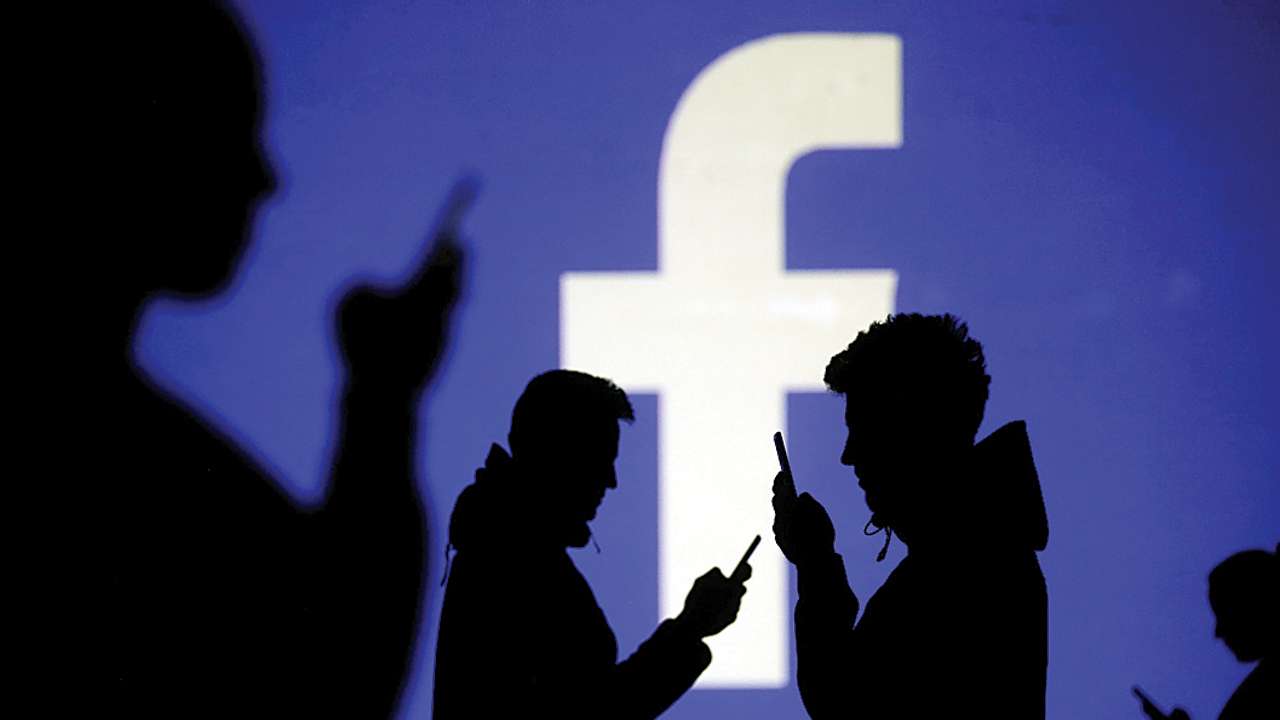
Two years ago, I was working in rural Bihar with a non-profit organisation and my local field workers as well as those who worked at the block level kept asking me about my real surname. When I didn’t reply even after repeated pestering they started asking my father’s name and it was not long before they connected the dots. Few days after they had confirmed my upper caste identity, they started adding me to WhatsApp groups exclusively for Brahmins. Some of these groups were local, some regional and some had pan India reach. The only common thread between all of the groups was one figure that everyone kept mentioning again and again: Parashuram. Along with good morning and good night messages, Jai Parashuram seemed like a common greeting that people threw at each other within these groups.
It was not the first time I was hearing about Parashuram. Apparently, he was a Brahmin who had made the world Kshatriya viheen (devoid of Kshatriyas) twenty one times but I was yet to understand why he was an ideal within the Brahmin community. Slowly, I understood that one of the reasons people looked up to him was that he broke his traditional Brahmanical role and assumed the role of a warrior, something that was the forte of Kshatriyas. At the same time, Parashuram had become a uniting figure for Brahmins as an expression of their anti-reservation sentiment and their aggressive caste pride. These sentiments had been liberated in the new groups they had discovered on Facebook, WhatsApp and other social media sites.
Caste had always been the social network of people of India long before social media existed. Within the corridors of power, in government and private offices and in residential colonies, caste affiliations and the solidarity/bias that existed along with it was an open secret. Caste marriages may have been the more visible aspect that had put caste in the classifieds but caste had always been an intrinsic and much talked about aspect of social and political life in India, even if it was hidden from plain sight. What social media then did was to facilitate this networking based on caste beyond physical boundaries. If you can’t find someone to share your caste pride or outrage on some issue, all you have to do is open your phone and type it out. There is a very high chance that you will find someone who sees a reflection of his thoughts in your words.
Social media is full of open and closed caste based groups. One can broadly categorise the content posted within these groups into two categories: First type of content is related to caste pride and deals with affirming or celebrating caste identities. The second type of content relates to sharing/building opinions around socio-political issues.
Posts and messages that celebrate/affirm caste identities are very common on social media. Not only most of these are out there for everyone to see, some of these conversations filter down to discussions at the local tea shop.
While Brahmins celebrate Parashuram, Kshatriyas celebrate their brave Rajput kings and queens. Dalits post about Ambedkar and Phule to affirm their fight against the caste system. Then, there is the celebration of achievements by contemporary fellows belonging to the same caste. The achievements of actors, politicians, sports persons belonging to the same caste is shared and glorified. Even local success stories which add to caste pride are much talked about. One could find anything from people discussing the history of an army general’s caste to the astronomical success of a local student abroad in these groups.
The second type of content is often more political in nature. From rallying behind a political leader to ranting about the ‘unfair’ system of reservation, caste is at work in mobilising people behind political and social issues. This content can also get abusive and vile but people in India are much smarter than they seem and the more vicious, communal and bigoted content is often reserved for closed groups of WhatsApp and other social messaging apps.
In fact, the smaller the group, the more politically incorrect people can be. What this does is that it makes groups such as these the hotbeds of communal rumors and other stories that are meant to create hostility between caste and religious groups.
In fact, political parties, communal organisations and hate groups often use social media to spread their political agenda. They have found a way to surpass mainstream and alternative media and in these groups, they freely circulate lies, hate mongering gossip and fake news presented as alternative facts. With each passing election and the growing communal divide in the country, these groups have become the centers of political mobilisation.
Thankfully, we are not alone in this. In America and Europe too, right wing groups and extremists have successfully used social media to increase their reach and create a parallel news universe of their own.
The dangers that such groups pose against social harmony and for democracy, in general, has not been fully grasped. For one, many in bureaucracy, politics and news media houses are also part of these groups. Caste groups can become a vehicle for spreading communal hate and inciting violence, it is to be seen if people in the establishment will use social media to stop such incidences or if they will use it to spread the fire for their political gains.
The author is a poet and activist based in Delhi. Views are personal